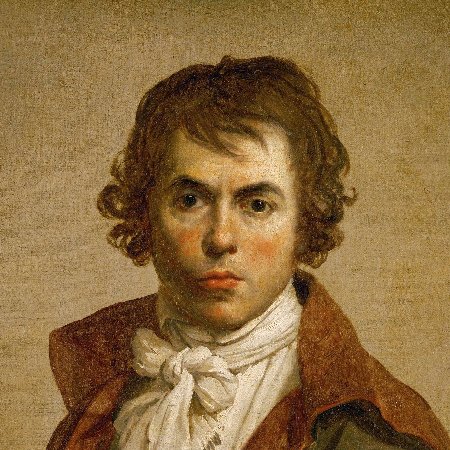Clodion (1738 - 1814). Claude Michel, known as Clodion, was a French sculptor in the Rococo style, especially noted for his works in terracotta. He was born in Nancy to Anne Adam and Thomas Michel, an undistinguished sculptor. Anne was the brother of sculptors Lambert-Sigisbert Adam and Francois Gaspard Adam. In Nancy and probably in Lille he spent the earlier years of his life. In 1755 he came to Paris and entered the workshop of his maternal uncle Lambert-Sigisbert Adam, an established sculptor. He remained four years in this workshop, and on his death became a pupil of Jean-Baptiste Pigalle. In 1759 he obtained the grand prize for sculpture at the Académie Royale. In 1761 he obtained the first silver medal for studies from models. In 1762 he went to Rome, where his activity was considerable between 1767 and 1771. Catherine II of Russia was eager to secure his presence in St Petersburg, but he returned to Paris. Among his patrons, which were very numerous, were the chapter of Rouen, the states of Languedoc, and the Direction generale. His works were frequently exhibited at the Salon. In 1782 he married Catherine Flore, a daughter of the sculptor Augustin Pajou, who subsequently obtained a divorce from him. The agitation caused by the French Revolution drove Clodion in 1792 to Nancy, where he remained until 1798, his energies being spent in the decoration of houses. Among Clodion's works are a statue of Montesquieu, a Dying Cleopatra, and a chimneypiece at present in the Victoria and Albert Museum. Another known sculpture is called The Intoxication of Wine. One of his last groups represented Homer as a beggar being driven away by fishermen. Clodion died in Paris, on the eve of the invasion of Paris by the forces of the Sixth Coalition.
more...






